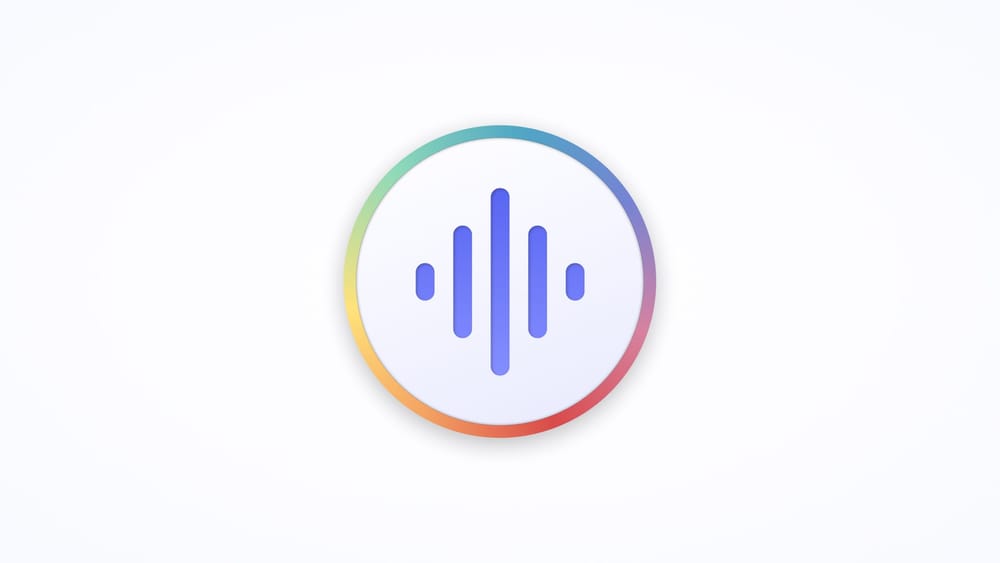
You may have noticed something new in my last blog post, I’ve been experimenting with adding voice narration, and going forward, you’ll start seeing (and hearing) them here.
The process was surprisingly straightforward. A few days ago, I had ChatGPT write me a short training paragraph to help capture the nuances of how I speak. I then used that sample with ElevenLabs (affiliate link), which offers an “Instant Voice Clone” feature. This isn’t their professional-grade, studio-level cloning, it’s a lighter weight version that only requires 10 seconds of audio. Here's the training passage I used:
Good morning, afternoon, or evening—whichever time you happen to be listening. My voice is here to carry you through a mix of sounds, sentences, and expressions. Let’s begin slowly, clearly, and naturally, as if I were reading a letter aloud to a friend.
The quick brown fox jumps over the lazy dog. That single sentence uses every letter of the alphabet, but it’s just the start. Listen carefully as I move from short, simple words to longer, more complicated phrases. Some sentences rise in pitch, while others fall, and a few pause—right in the middle—for dramatic effect.
Now I’ll add variety. Crisp consonants crack and click, while soft vowels stretch and hum. She sells seashells by the seashore. Peter Piper picked a peck of pickled peppers. Red leather, yellow leather. These tongue twisters force precision, but they also add playfulness. Speaking them too quickly can twist the tongue, but with care, they roll out smoothly.
Next come numbers and names: ten, twenty, thirty; one hundred and twenty-three; seven thousand, six hundred, and forty-five. Alice and Xavier, Maria and John. Names give shape to sound, and numbers test rhythm. Eleven is quick and light, but seventy-seven stretches, while ninety-nine almost sings.
Now let’s shift tone. Imagine I’m reading an adventure novel: “The wind howled through the valley, and the traveler pressed onward, step by step.” My voice grows lower, slower, steady. Then picture a child’s bedtime story: “And just like that, the tiny dragon flapped its wings and soared into the night!” Brighter, higher, lighter. Tone changes meaning, even when the words are simple.
I’ll speak with emotion, too. A sigh carries weariness. A laugh carries joy. Even silence—a pause—can speak volumes. Try hearing how the weight of a word changes if I say it with care, with force, with surprise, or with calm. Each style shapes the same word differently.
Finally, let’s return to something ordinary. The weather is warm today, but tomorrow may bring storms. Please pass the salt and pepper. Would you like tea, coffee, or water? These simple, conversational phrases balance the dramatic with the everyday, just as real life does.
So here, in three minutes, you’ve heard my voice climb and fall, stretch and tighten, whisper and project. You’ve heard numbers, names, tongue twisters, stories, and conversation. This is not just a reading—it’s a portrait of sound, tone, and expression.
From there, the workflow is pretty simple: whenever I finish writing a post, I feed the raw text into ElevenLabs. In return, I get back an audio narration that’s, somewhat, my voice reading the words I wrote.
It’s not perfect, and you’ll definitely notice it isn’t identical to me. But I like that it brings another dimension to these posts. Whether you prefer reading or listening, you’ll now have both options.
Consider this my small experiment in making my writing more accessible, and a little more personal (without me having to take the time to sit and record each of these).

